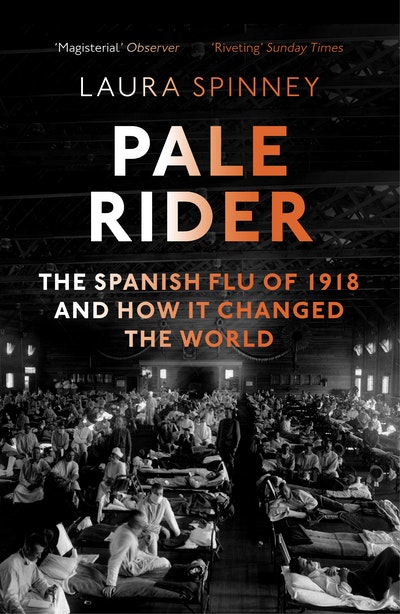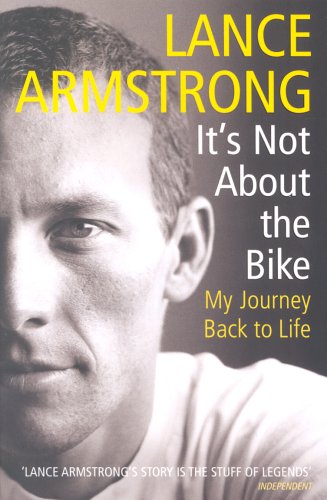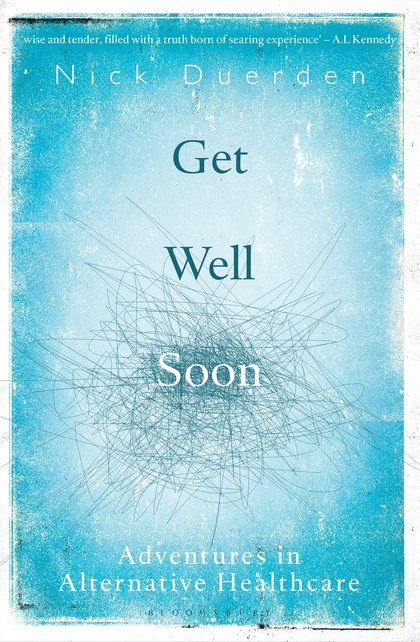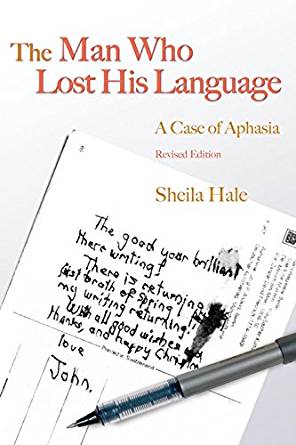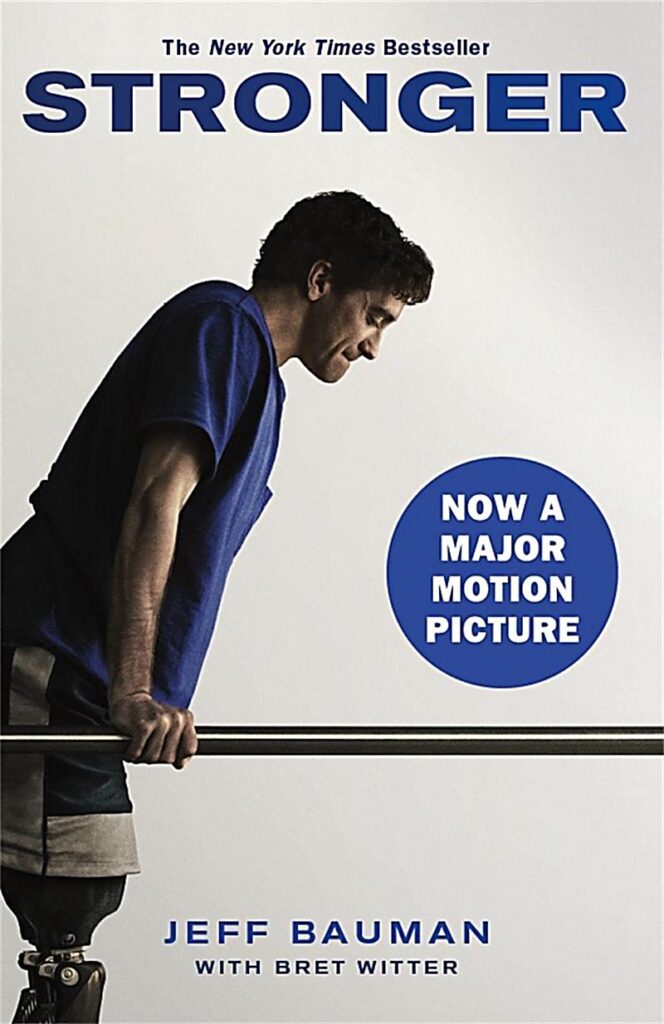The Salt Path was a prize-winning best-seller, and there are obvious reasons why. It is a story of triumph over adversity – author Raynor Winn and partner Moth are forced to leave their home for a nomadic life. It is a travelogue about a walk accessible to most of us – the Cornish Coast Path – but it has a twist of suspense. (Will they finish the path? Where will they settle afterwards?) And there are Ray’s musings on the current threats to English flora and fauna, as she describes the natural world she sees around her.
There is also the matter of Moth’s health – his experience of Cortico-Basal Degeneration is a running theme throughout. The Salt Path (2017), and its successors, The Wild Silence (2020) and Landlines (2022), together form a kind of single-case study in which Ray Winn records the effects on Moth’s abilities of alternate periods of long-distance walking, and of not walking – i.e. treatment and withdrawal of treatment. Moth’s Parkinsonian symptoms include movement problems like slowness, loss of stamina, poor balance and tremor. On each long-distance walk his symptoms improve markedly, and between the walks there is deterioration. But the motor symptoms are not the only things affected by walking. Ray also notices how the accompanying cognitive features of Parkinsonism improve: decision-making, adapting to change, map-reading, memory, and willingness to socialise with strangers. It is a powerful testimony, made all the stronger in Landlines by unexpected positive changes in scans before and after the walk.
The possible benefits of walking therapy for people with Parkinson’s Disease are not a new topic of debate. John Pepper recounted his attempts to slow his Parkinsonism in Reverse Parkinson’s Disease (2001) and guessed from his reading that walking therapy stimulated production of GDNF (glial-derived neurotrophic factor), a nerve-growth-stimulating chemical which has been shown to increase uptake of dopamine (Lin et al. 1993), to protect the relevant dopaminergic neurons in animal models of Parkinson’s (Choi-Lundberg et al. 1997). Walking did not permanently abolish the condition, for Pepper noted that if he stopped his walking programme then his disease deteriorated again. (Norman Doidge discusses Pepper’s testimony in some detail in his second book on brain neuroplasticity, The Brain’s Way of Healing (2015).)
But there remain questions about dosage (how far? how long?) and speed (how fast?) and even the type of walking (where?), because walking’s effects are incompletely understood. Ray Winn wonders about the effect of the environment, since Moth’s walking on their long-distance walks is almost entirely in the countryside, and even in the wilds of north-west Scotland. She also ponders the effect of having to walk on uneven ground, and negotiating considerable slopes and hills. There is walking, and there is Walking. Researchers are investigating the efficacy of several different walking therapies, such as split-belt treadmill walking, multi-tasking while walking, as well as the effects of varying walking speed.
Much of this research is done in the laboratory over limited time-spans, and so the question of dosage remains. How should clinicians incorporate into our advice for clients the findings of individuals like Moth and John Pepper, who are prepared to try out much higher doses of walking in complicated outdoor environments?
Whatever the laboratory findings, Ray Winn has added more evidence to support the old adage, ‘if you don’t use it, you lose it’.
References:
Choi-Lundberg, Derek L; Lin, Qing; Chang, Yung-Nien; Chiang, Yawen L; et al. (1997) Dopaminergic neurons protected from degeneration by GDNF gene therapy, Science; 275 no.5301: 838-41.
Doidge, Norman (2015) The Brain’s Way of Healing: Stories of Remarkable Recoveries and Discoveries, London, Penguin Random House
Lin, L-F H et al. (1993) GDNF: a glial-derived neurotrophic factor for midbrain dopaminergic neurons, Science 260 no.5111: 1130-32
Pepper, John (2011) Reverse Parkinson’s Disease, Pittsburgh, Rose Dog Books (originally published as There is life after being diagnosed with Parkinson’s Disease (2003), S.Africa, John Pepper and Associates,
Winn, Raynor (2017) The Salt Path, London, Penguin Random House
Winn, Raynor (2019) The Wild Silence, London, Penguin Random House
Winn, Raynor (2022) Landlines, London, Penguin Random House



